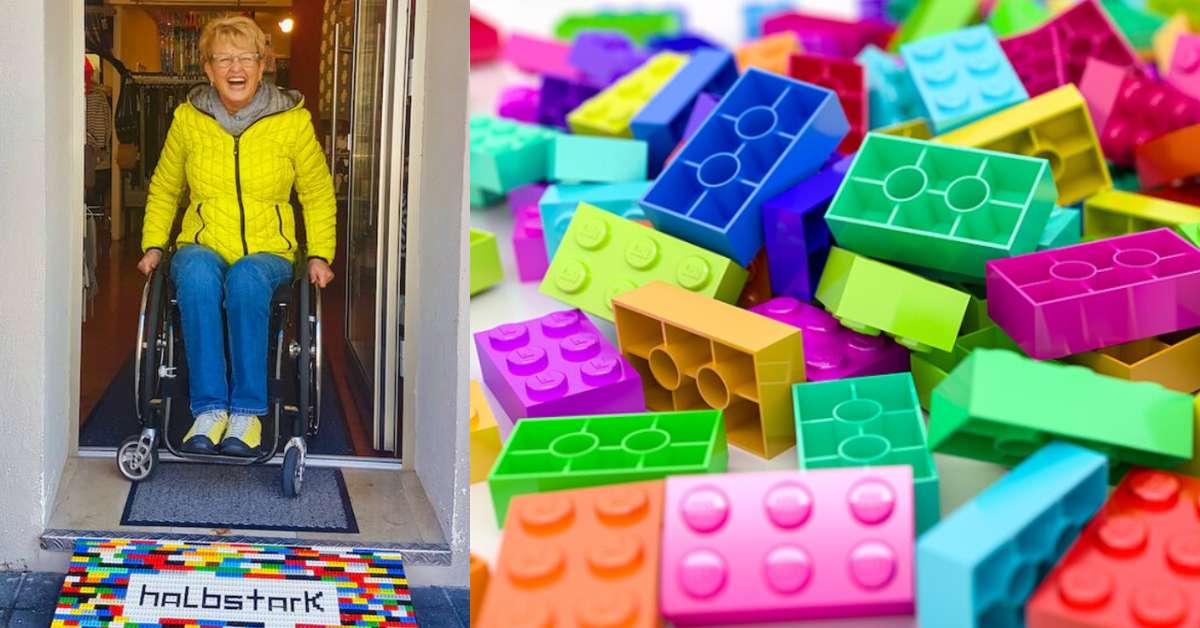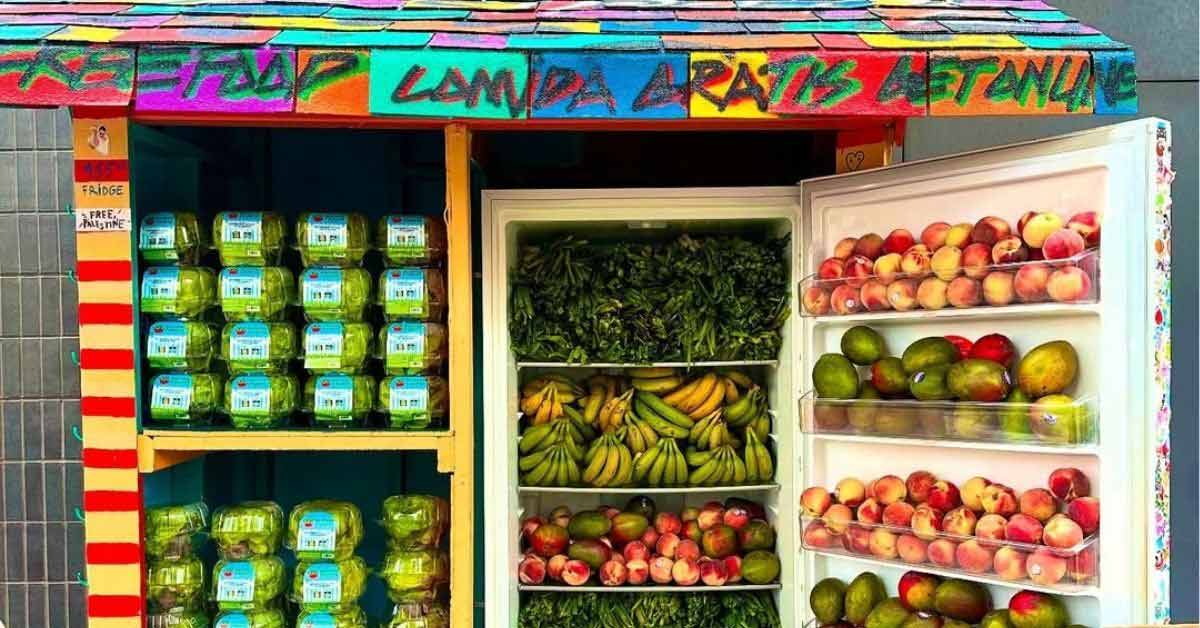Thirty years ago, Rita Ebel was in a car accident that left her with incomplete paralysis. In the decades since, the 67-year-old has gone through two divorces and survived cancer.
But Ebel, who is quick with a laugh and often wears a smile, prefers to look on the bright side of things.
“There is no situation that is just bad,” Ebel told Ability Magazine. “We all need to find this tiny good part in the negative circumstance ourselves.”
As an ambulatory wheelchair user, Ebel can walk short distances, but largely relies on her wheelchair to get around.
But in her hometown of Hanau, Germany, Ebel found that most businesses were inaccessible to her after her accident.
“The owners of the shops would always tell me that I could simply knock on the door, and then they will help me to get in,” Ebel explained. “They thought this wasn’t a problem.”
“However,” Ebel countered, “if you are an active wheelchair-user who is used to being independent, you aren’t going to stop in front of their door, knock, and ask for help.”
So she took matters into her own hands, building wheelchair ramps of her own design, not out of wood, concrete, or steel, but something more colorful: Lego bricks.
But at a time when select Lego sets regularly cost over $100, Ebel said that she was quickly priced out of her building materials.
“Getting the Legos is actually the hardest part,” Ebel said. “People who have Lego at home usually don’t want to give them up because it’s something that goes through all generations.”
“And if I do get Legos, the pieces are often not suitable for my ramps, because I need the basic building blocks, but these days most of the Legos belong to a ‘Lego Friends’ or ‘Star Wars’ set.”
So, she took to social media and did something she rarely allowed herself to do: ask for help.
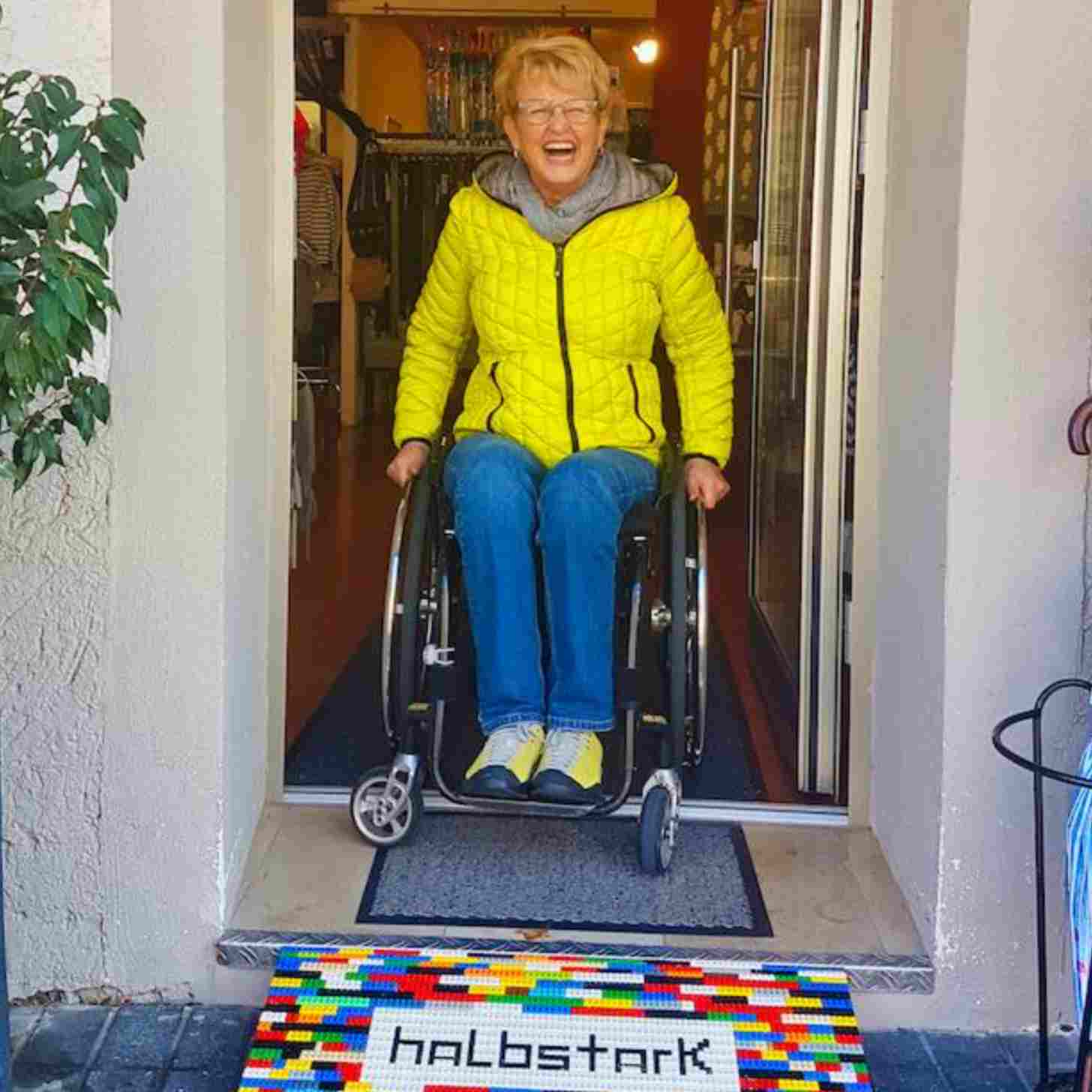
“[My first donor] asked how many pieces of Lego I would need to finish my very first ramp,” Ebel said. “I responded that I was afraid I might need around 1,000 Legos to begin with. Shortly after, he came to me with two huge boxes filled with Lego.”
Since her endeavor began in 2019, Ebel has made countless ramps and gained global recognition as “Lego Oma,” which is German for “Lego Grandma.”
She’s delivered ramps to sweets shops, breweries, pet shops, and everything in between, slowly making Hanau more accessible, brick by brick.
Legally, German laws mandate that official wheelchair ramps allow for a 6% incline or less. Ebel’s ramps don’t quite meet the mark.
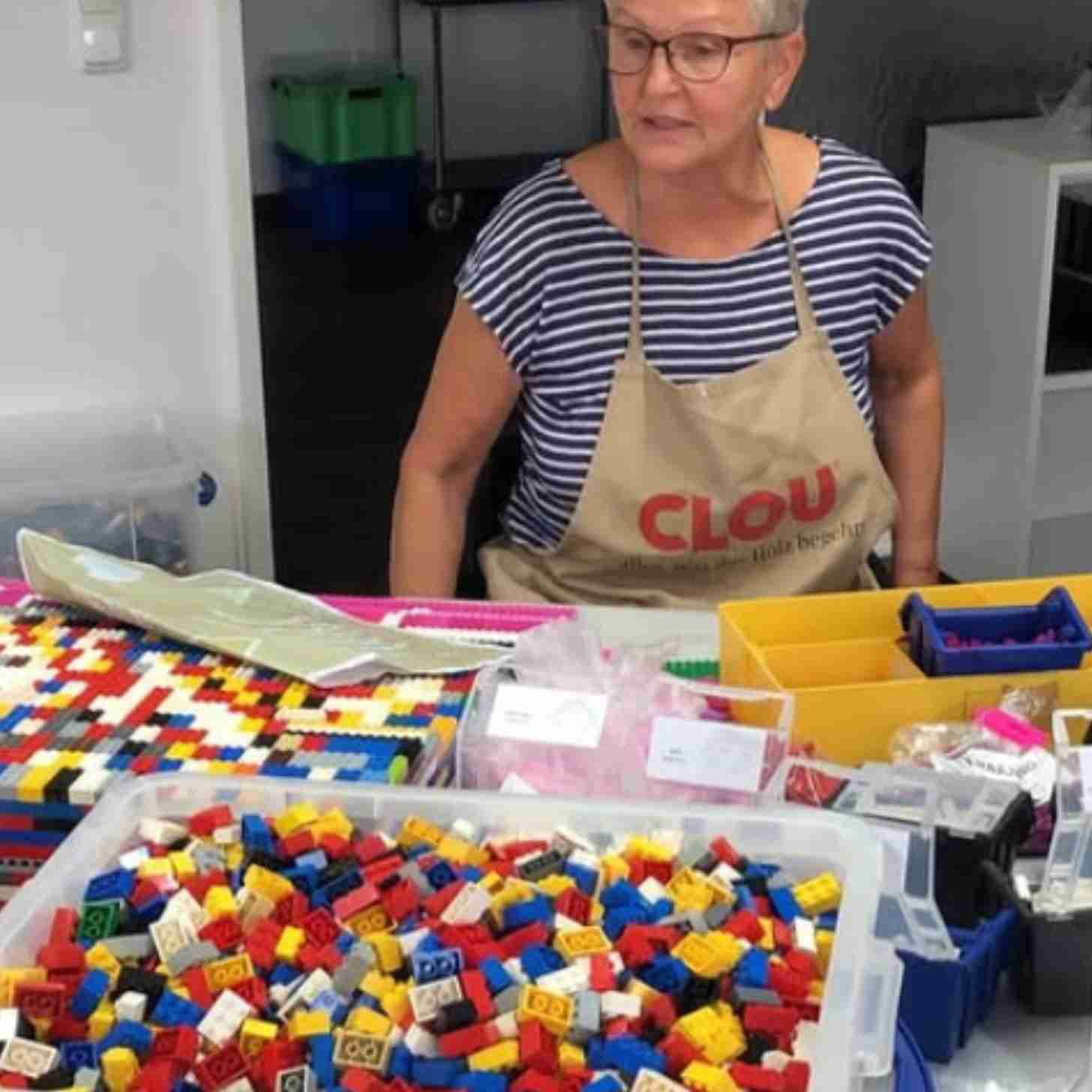
“This would mean that if the ramp has to overcome a 15-centimeter step, it could be a few meters long, and that’s often not possible because the sidewalk doesn’t offer enough space,” Ebel explained.
“So our ramps don’t qualify as wheelchair ramps, but all city officials support our work and don’t complain,” she added.
“But in the end, the wheelchair-users don’t care much about regulations if the ramp allows them to independently enter and exit the shop.”
Like many disability initiatives, the added accessibility benefits everyone in the community.
From parents with strollers to people on crutches, the ramps play a heavy role in whether customers even consider stepping into stores.
And the colorful patterns are a visual aid for those with low vision — an early cue that an incline is ahead.
Typically, it only takes Ebel three to four hours to build a ramp. But since the donations have poured in, it’s not necessarily a matter of time; it’s a matter of storage.
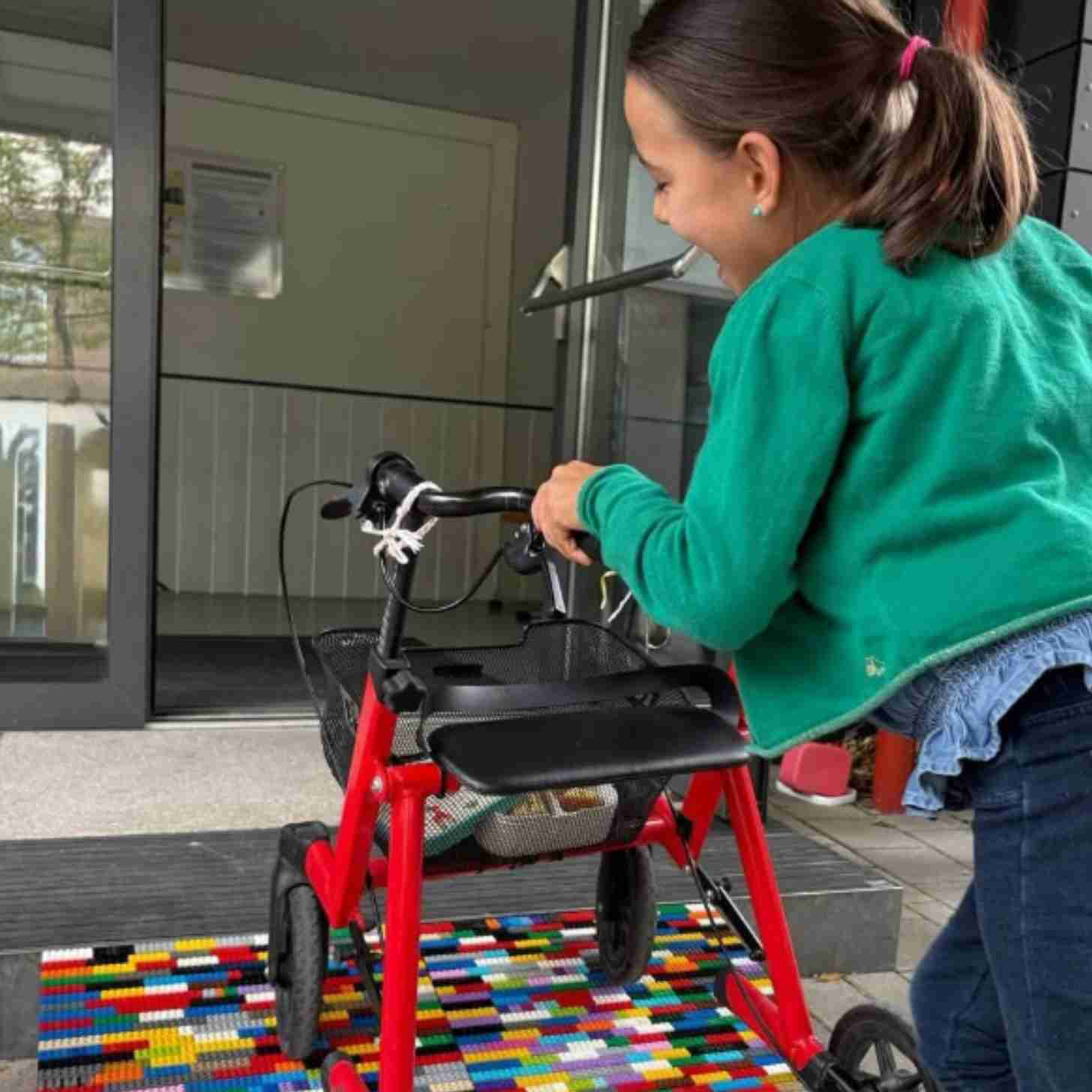
Fortunately, her landlord offered her a second basement room solely reserved for Lego.
And the donations keep coming.
“Earlier this month, I had a visit from the Terminal for Kids kindergarten [Rainbowland] from Babenhausen, who brought us their assorted Lego bricks,” Ebel posted on Instagram in February, alongside photos of her surrounded by beaming kindergartners.
“The children were very excited about the Lego ramp, driveway assistance, and the amount of Lego bricks in the workshop … Thanks again to the daycare for the Lego donation.”
You may also like: Three-footed turtle given 'new wheels' after museum staff gifts him a handmade LEGO harness
Header image via Rita Ebel / Ypiyush22 (CC BY-SA 4.0)
